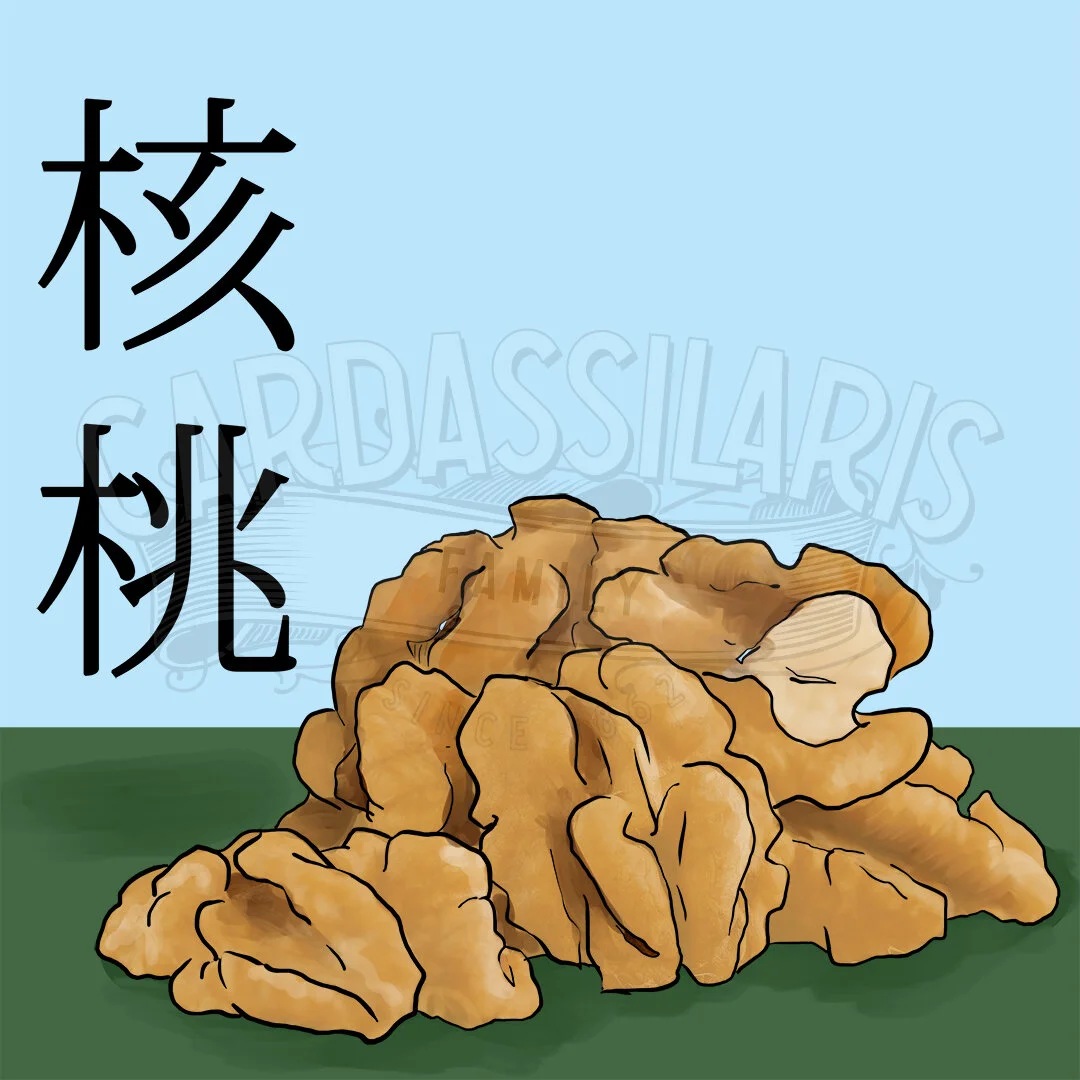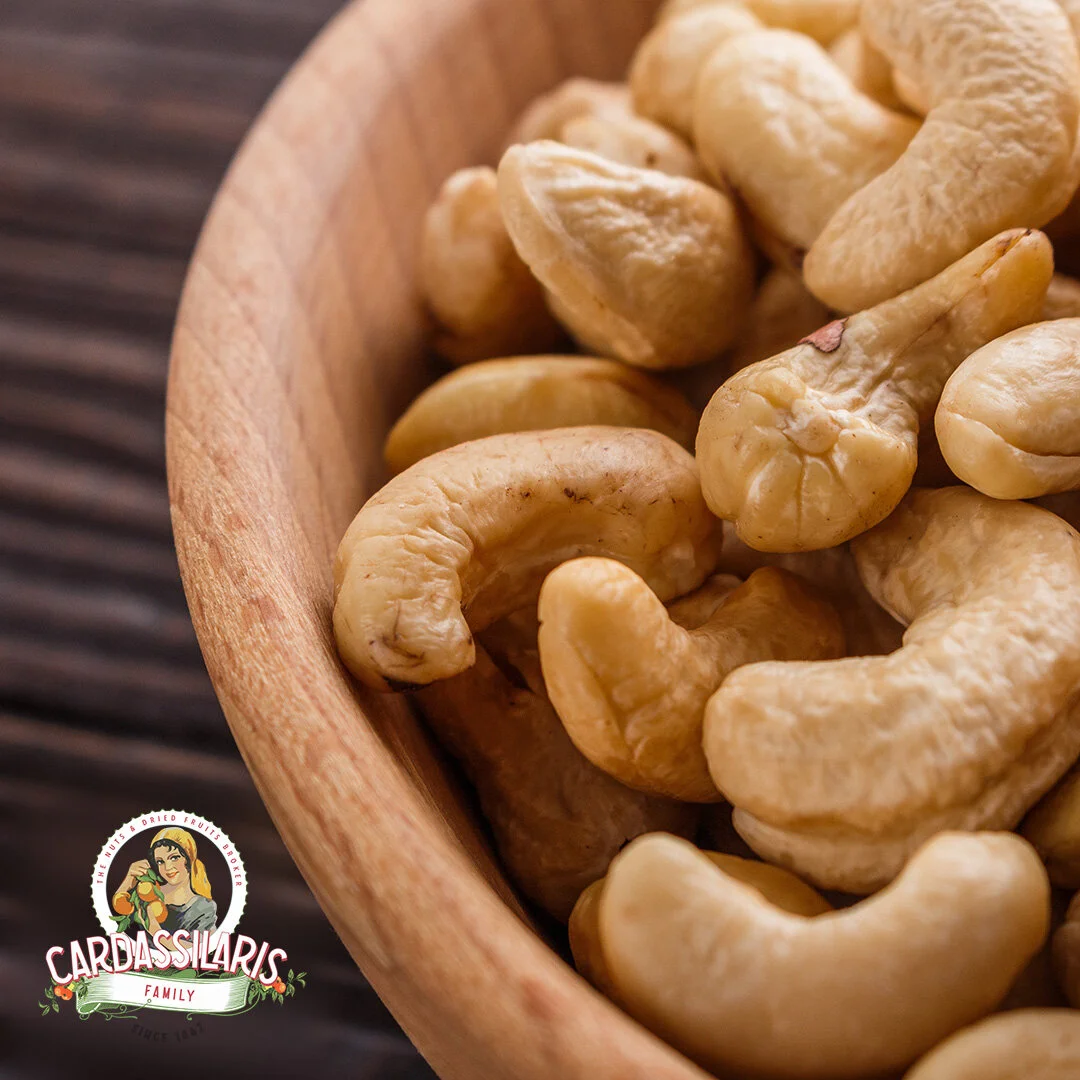How China is Breaking into the Global Walnut Industry
Chinese walnuts have been able to prevent a global shortage of walnuts by providing crops almost identical to their Chilean counterparts. As most walnut producing countries struggled with bad weather, drought and other climatic disasters, China was able to not only manage seasonal frost and rains across various regions, but also have everything prepared for delivery during the shipments season.
But how did China manage to do this?
There has been an increase in walnut production in the country but domestic consumption has always been more and in demand. To find out how this happened, we will have to look at the start of 2021.
China’s Walnut Production in 2021 Alone
China’s walnut production (in-shell basis) is forecast at 1.02 million metric tons (MMT) in marketing year (MY) 2020/21 (September-August), an increase of 2 percent from the previous year. This is driven by a bumper harvest in Xinjiang and Yunnan, the country’s two leading walnut-producing provinces due to favourable growing conditions. Walnut quality is also expected to improve, according to walnut dealers in Yunnan.
With more plantings entering the bearing stage, the country’s walnut production is forecast to continue increasing for years to come. In recent years, walnut planting area expanded driven by high walnut prices and government support programs in mountainous and hilly areas.
In Xinjiang, walnut orchards sit on plains that make the management and harvest much easier. With the rapid expansion of acreage as well as the development of a specialized market and processing facilities, Xinjiang has quickly become the symbol of China’s future walnut industry. Currently, Xinjiang not only produces more than half of the country’s walnuts, but its walnuts are known for their large size and high conversion ratio. Industry sources indicate that Xinjiang walnut varieties have a much higher kernel content than their counterparts in other walnut-producing countries.
The Biggest Advantage
Chinese walnut production was not affected much by the COVID-19 outbreak that interrupted farming activities and road transportation for other agricultural products. Specifically, the 2021 walnut harvest began in early September after COVID-19 restrictions had been lifted and those walnuts grown in mountainous regions do not require ongoing care prior to harvest.









